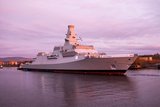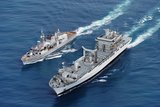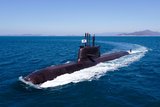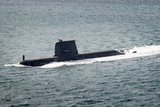UK feeling the maritime pressure at home and abroad
With Northern Ireland-based shipbuilders Harland and Wolff (H&W) entering administration, the notion of a revitalised UK naval manufacturing capability has taken another blow following the announcement earlier in the year of the drawdown and closure of Babcock’s Appledore facility.
Shipbuilding has formed a central theme around UK defence commentary for a number of years, particularly with the apparent need to rejuvenate the sector as outlined in Sir John Parker’s report to the UK government in 2016, much of which was endorsed by Whitehall.
This report suggested shipyards that had not had much in the way of work from the UK
Already have an account? Log in
Want to keep reading this article?
More from Naval Warfare
-
![UK MoD’s confirmation of MBDA missile for Type 26 points to more European collaboration]()
UK MoD’s confirmation of MBDA missile for Type 26 points to more European collaboration
The Type 26 will also be fitted with the Sea Ceptor vertically launched air defence system that can fire CAMM missiles and a 24-cell Mk 41 vertical launch system that can fire the Tomahawk land-attack cruise missiles, anti-submarine rockets and long-range anti-ship missiles.
-
![Is South Korea finally being taken seriously for Western submarine programmes?]()
Is South Korea finally being taken seriously for Western submarine programmes?
South Korean shipbuilders are beginning to make their mark beyond Asia, competing for major North American and European submarine programmes and becoming serious contenders on a global scale.
-
![AUKUS Pillar 2 could narrow focus to “four key areas” says UK official]()
AUKUS Pillar 2 could narrow focus to “four key areas” says UK official
Few concrete ideas have emerged so far on which “advanced capabilities” will be brought forward under Pillar 2 of the AUKUS partnership, but the Pentagon’s review of the programme could bring more clarity.





















